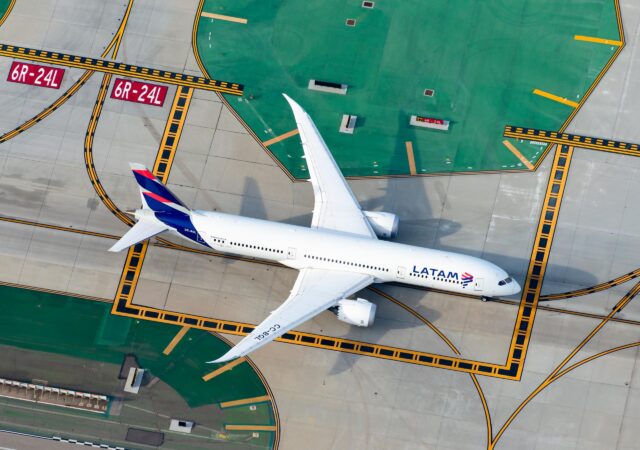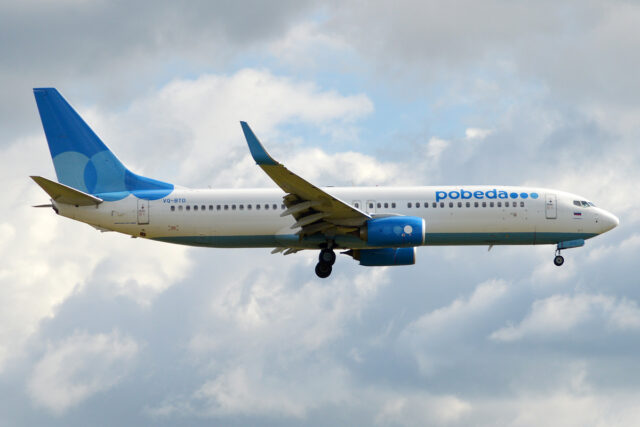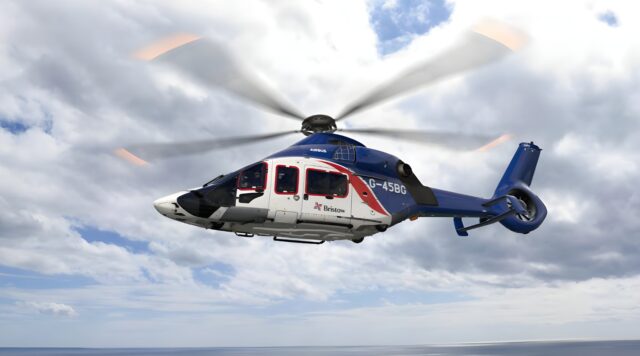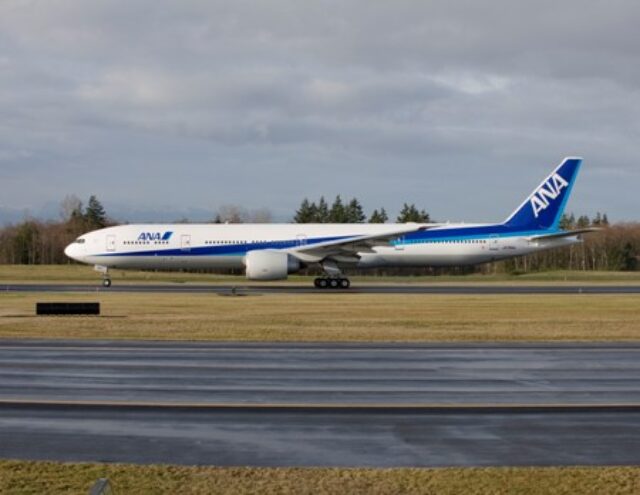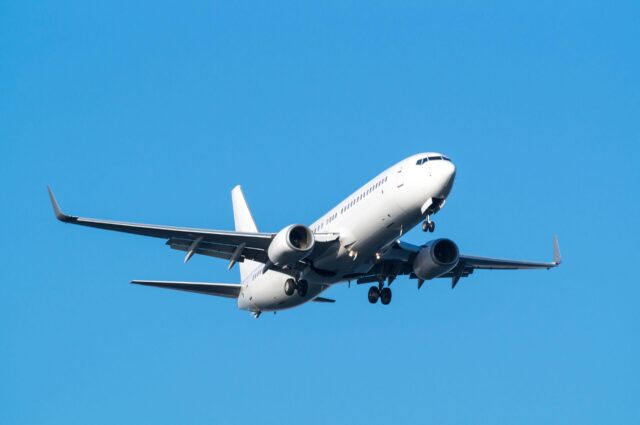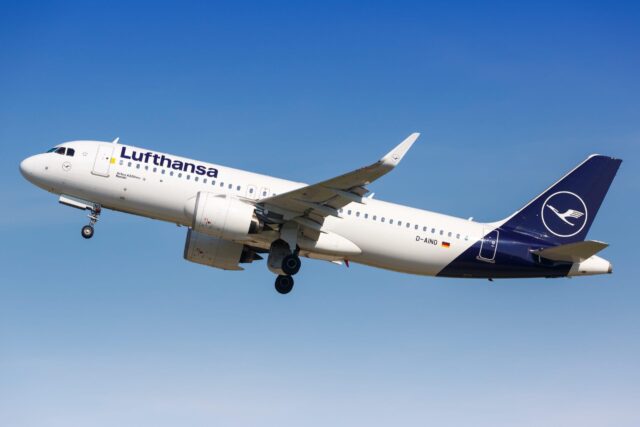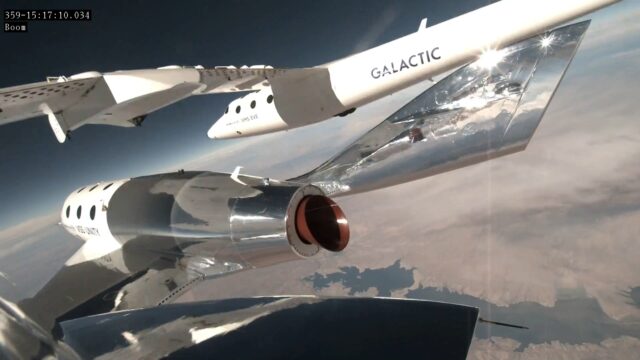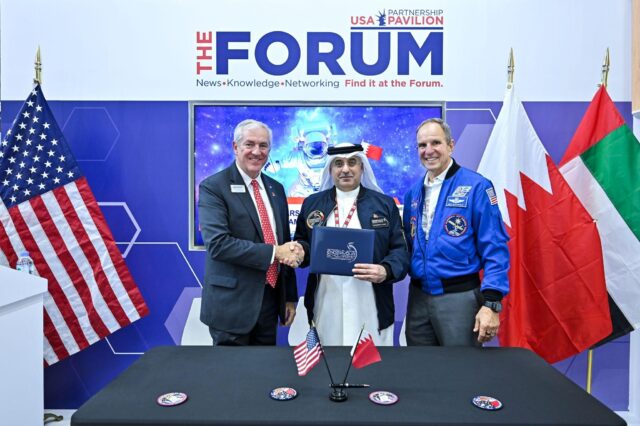Liquid(ated) hydrogen

Following the announcement that California-based hydrogen propulsion pioneer Universal Hydrogen has “proved unable to secure additional funding to move forward,” Aerospace Global News caught up with two major players in the sector to learn more about the challenges this emerging area faces.
Although the loss of Universal Hydrogen is undoubtedly a blow to proponents of the hydrogen propulsion sector, Cranfield Aerospace Solutions (CAeS) and ZeroAvia remain convinced of the viability and feasibility of the fuel’s development; with both companies also engaged in developing a retrofit powertrain option initially aimed at the sub-regional sector.
Although Universal Hydrogen chief commercial officer and co-founder Jon Gordon stated “perhaps we were just too early. Perhaps we couldn’t convince the world that hydrogen, and not SAF, are necessary for the future of aviation,” he nevertheless praised the company’s efforts as “nothing short of heroic”. He also highlighted the 13 successful test flights (to date, the largest aircraft powered at least in part by hydrogen) as having “demonstrated the feasibility of hydrogen aviation at a commercially significant scale”.
Hydrogen remains an essential option
Noting that it’s important not to conflate the fate of one company with the pursuit of zero-emission of hydrogen propulsion in general, ZeroAvia stated that the sector remains a “vibrant ecosystem of innovative new entrants and major aerospace companies pursuing hydrogen aviation”.
Paul Hutton, CEO of CAeS, agreed; citing the “seminal Fly Zero study which concluded that hydrogen is the most viable zero-carbon emission fuel with the potential to scale to larger aircraft utilising fuel cell, gas turbine and hybrid systems”. This aligns with Universal Hydrogen’s initial statement back in 2021, with founder Paul Eremenko announcing hyrdrogen as “the only viable fuel for getting to true zero emissions in commercial aviation”.
Scaling and size
In its four years of existence, Universal Hydrogen – built around a “pragmatic, near-term approach to making hydrogen commercial flight a reality” – achieved significant progress with the development of its proprietary hydrogen propulsion system. These included 13 successful flights having “demonstrated the feasibility of hydrogen aviation at a commercially significant scale,” with its airborne test campaign (replacing one Dash 8 engine with a fuel cell powertrain) representing the largest aircraft powered in part by hydrogen.
Could the 78-seat ATR be an overly ambitious initial option, with smaller platforms more suited to the first retrofit propulsion system? “Large aircraft such as the ATR-72 have typically caught the attention of investors early on but the realisation is beginning to dawn that these are too demanding for the first step into zero-emissions aviation,” said Hutton. With smaller-scale aircraft able to utilise gaseous fuel, “this will need to start on sub-regional aircraft (9-19 seat) and similar sized platforms such as cargo drones”.
ZeroAvia added that despite also pursuing a sequential approach (aiming to retrofit its 600kW ZA600 system on 10-20 seat aircraft by 2025), the company also has “nearterm plans for an engine… that would support large regional turboprops like an ATR 72, and [it remains] confident in [its] timelines”.
Funding ambition
As reported by the Seattle Times, in a letter to shareholders, Universal Hydrogen chairman and CEO Mark Cousin wrote: “We were unable to secure sufficient equity or debt financing to continue operations and similarly were unable to secure an actionable offer for a sale of the business or similar strategic exit transaction”. This follows Universal Hydrogen’s receipt of almost $100 million of funding to date, including a $20.5 million Series A round and a follow-up $62 round in April and October 2021 respectively.
However, neither CAeS or ZeroAvia are concerned that a perceived lack of investor appetite is universal across the sector. Although CAeS’ Hutton described the investment market for sustainable aerospace technology as “undoubtedly challenging at the moment,” he has identified “increasing evidence that investors are seeking out companies with the most coherent and credible strategies to get to real revenue generation”. The upcoming closure of a Series B funding round, expected imminently, is expected to power CAeS through flight testing and beyond.
ZeroAvia attributes its strong investor support to its “sequential approach… deep vertical integration leading to technical and IP leadership and high-performance components with distinct markets, commercial traction with 2,000 plus engine orders, and sustained progress with regulators on certification”.
Ongoing innovation
ZeroAvia “would like to commend the vision and technical achievements that saw Universal Hydrogen help bring flying commercial aircraft with fuel cell power to the fore,” concluded the company, with CAeS also praising the “solid progress” made by the Universal Hydrogen team.
“You can bet I am cheering them on,” concluded Gordon. “Our future may depend on it”.

